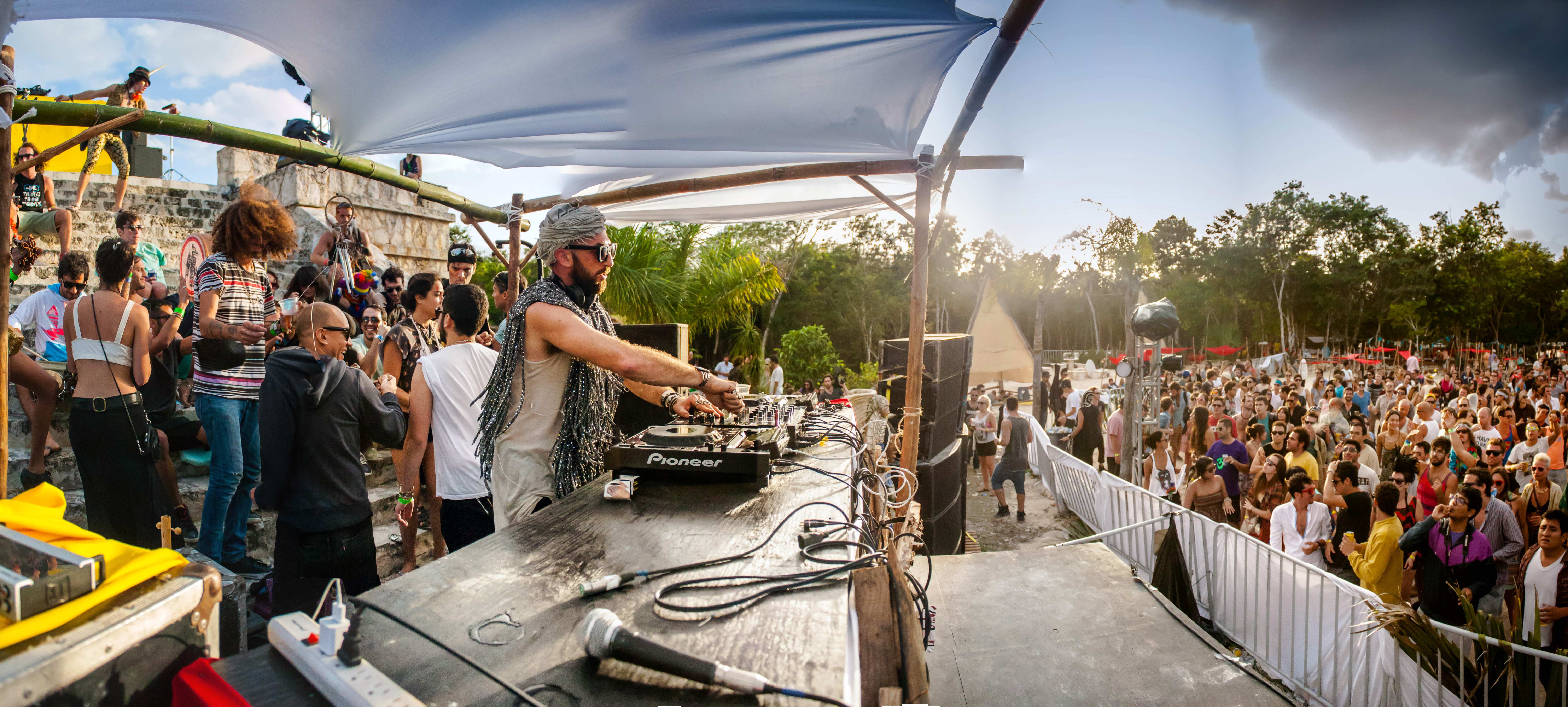

Later, I worked with Laggy Panteli who was Hijacker and Megalog. They offered me studio time and put me with Jono Podmore who recorded as Kumo. Big up to them because they were the first people to see some potential in me as an artist and a DJ. C and Paul “Rip” Stone of Plink Plonk discovered me around that time. I had to figure out who I wanted to be as an artist. It reached a point where it didn’t sound as future anymore. Lazarus: After three, four years, the music started to dry up. I started to DJ outside of my home city for the first time, in ’96, ’97 – but I’d never broken into any kind of scene as an artist.ĭJ Times: How did the separation from drum-n-bass come about?

I’d always been buying records and playing records at home. Lazarus: Drum-n-bass provided me with a real idea of the future of electronic music. I was the first person to start reviewing drum-n-bass records in other magazines at that time, really helping the scene grow.ĭJ Times: You got into drum-n-bass right at the start of its rise. I was the first person to put all these big drum-n-bass artists together for a photo shoot for Dazed & Confused in ’96. From a media perspective, I was instrumental in helping that scene along. Lazarus: When I first started getting into music, I came from soul, funk, jazz and hip hop, that moved into early acid house, breakbeat, and then into drum-n-bass by 1996. You know what’s happening in the future.ĭJ Times: What was your musical trajectory as far as styles and scenes? Magazines work with a two- to three-month advance time period. As a journalist, you get an insight into the music industry from an interesting perspective. I was writing, then I was an assistant editor, then music editor. Lazarus: It started when I started working at Dazed & Confused magazine around 1996. It went like this:ĭJ Times: You’ve been part of the dance-music landscape since the ’90s – what were your first forays into the scene? The London-born talent went all the way back to his nascent years, recounting the events and experiences that brought him to the present time as one of the curators of not only singular DJ sets, but taste-making record labels Crosstown Rebels and Rebellion, and magical destination festivals and events such as Day Zero and Get Lost.
#DAMIAN LAZARUS WINDOWS#
In between keeping an eye on his quarreling goats, shuttering his windows against a pending rainstorm and sipping tiny espressos punctuated by intermittent cigarettes, Lazarus gave DJ Times plenty to chew on. These efforts sometime have a clear view of the dancefloor such as on “Leave,” “Everybody” and “Mountain.” At other times, it looks inward, such as on “Beth” and “Bas.” At yet other times, such as on “Into the Sun,” it is tailor-made for Lazarus’ signature sunrise/sunset selections. It delves far back into his musical past, unearthing his early drum-n-bass influences, bringing those together with jazzy grooves and skipping house beats or jumpy breakbeats and buzzing basslines. Sequestered with his family and his engineer/tour manager/assistant and all-around Man Friday, Paolo Bartolomeo, at his Monastic Studio in the middle of a nearby forest, Lazarus has never had this much uninterrupted time to focus on creation, and mostly likely never will again.īut it was put to good use because Flourish captures all the isolated, nature-driven environs in which it was created, not to mention Lazarus’ fluctuating state of mind.

Lazarus spent the month prior to the pandemic and the ensuing five lockdown months at home at his idyllic farm in Italy, high atop a mountain, working on his opus, Flourish – the second album under his own name, his fourth overall. No gigs and lots of time on his hands to get creative. In 2020, Damian Lazarus, the DJ/producer/label owner with the excellent name – it sounds completely made-up, but isn’t – was confronted with some of the same challenges shared by all DJs.


 0 kommentar(er)
0 kommentar(er)
